Cabbage Farming Guide:
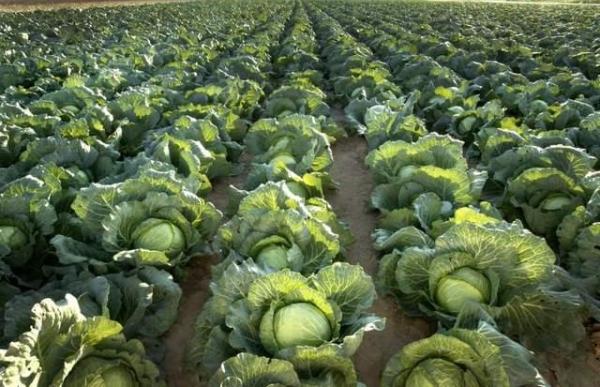
Introduction of Cabbage Farming:- Cabbage is one of the most popular vegetables in the world because of its adaptability to a wide range of climatic conditions and soil types, ease of production and storage, and its food value. Cabbage is believed to have evolved from a wild form native to Europe, growing along the coast of the North Sea, the English Channel, and the northern Mediterranean. Cabbage belongs to the family of “Brassicaceae” and the genus of “Brassica”. Commercial cultivation of Cabbage is very successful due to high market demand. The plant was used for medicinal purposes to treat gout, stomach problems, deafness, headache, and hangovers in the early days. Cabbages can be grown in containers, greenhouses, and in poly houses.
Health Benefits of Cabbage:- Some of the health benefits of Cabbage are given below.
- Cabbage is a good source of Vitamin “C” and sulphur.
- Cabbage helps with constipation.
- Cabbage helps with gastric ulcers.
- Cabbage helps in reducing cholesterol.
- Cabbage has anti-inflammatory properties.
- Cabbage has anti-ageing properties and helps in repairing damaged skin cells.
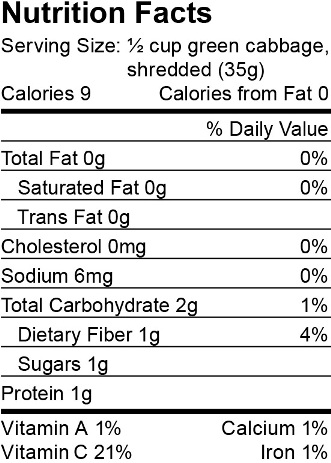
Major Cabbage Production Countries:- China, India, Japan, Korea, Indonesia, Poland, Russia, United States, Romania, and Egypt are the top producers of Cabbage in the world.
Major Cabbage Production States of India:- Uttar Pradesh, West Bengal, Maharashtra, Karnataka, Andhra Pradesh, and Assam among many other states.
Varieties of Cabbage:- Some of the well-known varieties of Cabbage are, Napa Cabbage, Choy Sum, Earl Jersey Wakefield Cabbage, Portugal Cabbage, and January King Cabbage etc. Usually, we get green and red colors.
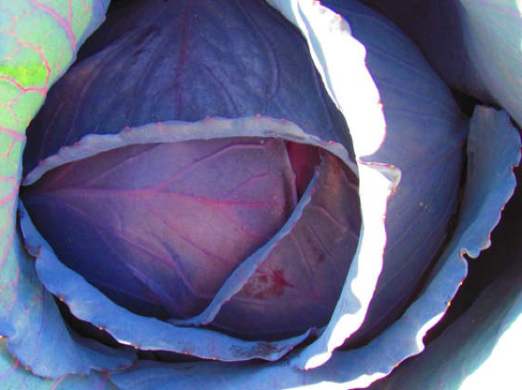
Local Names of Cabbage in Other Parts of World:- bajtsaa (Mangolian),Band Gobhi, بند گوبھی (Urdu),Lakra (Albanian), Kupus (Bosnian), 양배추, yangbaechu (Korean), Banda Gobi(Nepali), repollo (Spanish),卷心菜,juǎn xīn cài (Chinese),الكرنب(Arabic), Repolyo ( Filipino),cavolo (Italian),gà-làm bplee (Thai), cải bắp (Vietnamese), きゃべつ, kyabetsu (Japanese),ගෝවා (Sinhalese, Sri Lanka),Sah Pai Kah Dowp (Cambodian), chou (French), капуста,kapústa (Russian),lahana (Turkish), kubis (Malay), pausimzhaix (Taiwanese), کلم(Persian), kål (Swedish), Капуста білоголова, kapústa (Ukrainian)
Local Names of Cabbage in India:- Patta gobhi (Hindi), Muttai kosu (Tamil),Band gobhi(Punjabi), Kosu gadda (Telugu), Ele kosu (Kannada), Badha Kopi (Bangla) and Kobi (Marathi), Bondakobi (Assamese), Bandha Kobi (Oriya), Cobi (Gujarati).
You may also like the Growing Hydroponic Fodder.
Climatic Requirements for Cabbage Farming:- Cool and humid climate is the best for Cabbage. In a dry atmosphere, the delicate flavor is lost. The best temperature in Cabbage farming is 18ºC – 20ºC and this vegetable crop is quite resistant to frost and is capable enough to survive in freezing temperatures like -3ºC. It needs adequate rainfall and that ranges between 400 mm-500 mm per crop annually.
Soil Requirements for Cabbage Farming:- Cabbage can be grown on a wide variety of soils. However, it thrives best on well-drained, loamy soils with good organic matter. It does not prefer highly acidic soil. The soil pH range from 5.5 – 6.5 is ideal for cabbage cultivation. If you are planning for commercial cultivation of cabbage, it is advised to go for a soil test. Soil pH should not fall below 4.5. Soils having pH values above 6.5 will cause the leaves to become dark but leaf margins die back.
Propagation in Cabbage Farming:- Generally, Cabbage is propagated through seeds.
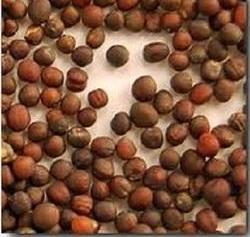
Land Preparation, Seed Rate, and Planting in Cabbage Farming:- The field should be deep (20 cm -25 cm) ploughed with soil turning ploughs. Thereafter, 2 to 3 cross harrowing should be carried to make soil friable and loose. 1 or 2 planking is also needed to make the surface smooth and level.
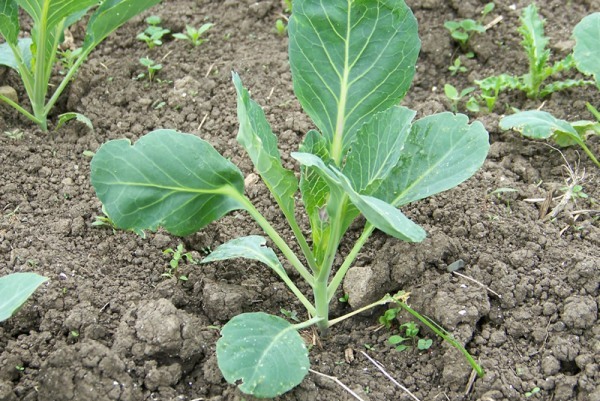
There are two ways that Cabbage can be planted by either sowing the seeds directly or transplanting seedlings. The cabbage seeds should be sown in raised nursery beds. Usually, they should be sown in Aug-Sept for the early varieties and in Sept – October for the late varieties. The seed rate is about 500 grams /ha for the early crop and 400 grams /ha for the late crop. Polyhouse can be used used for provide a favorable climate for the germination of seeds and seedlings raising. Five to six weeks old seedlings can be used for transplantation. Generally, a spacing of 45 x 45 cm is kept for the early varieties and 60 x 45 cm for the late varieties.
Manures and Fertilizers in Cabbage Farming:- Generally Cabbage is a heavy feeder and requires supplemental fertilization in the form of manure or compost, nitrogen, phosphorus, and potassium. Cabbage requires 200 to 250 kg of nitrogen per hectare. Nitrogen is supplied in split doses where 50 % to 60 % is broadcast and ploughed in just before planting. The first application should be carried out together with phosphorus and potassium. The remainder should be side-dressed 2 to 3 weeks after transplanting and again three weeks later or applied once-off at about six weeks.
Irrigation in Cabbage Farming:- Provide irrigation immediately after transplanting in the field. Consistent moisture should be present for better quality and yield of the project. The interval between two irrigations depends on some factors like climatic conditions, soil type and moisture holding capacity, and plant age. In the dry season, frequent irrigation is recommended. However, in winter, irrigate the cabbage plants at an interval of 7 to 8 days. Drip irrigation can be adopted for better water consumption and is useful in regions where water problems exist.
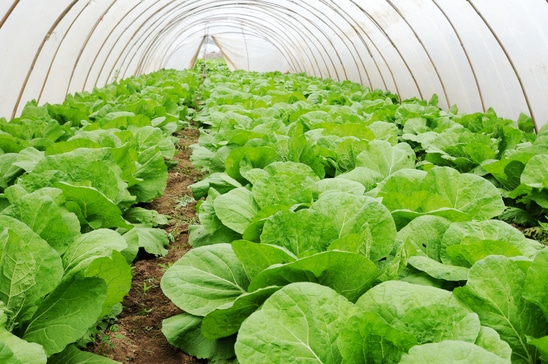
Weed Control in Cabbage Farming:- Weeds can be controlled mechanically or by hand. Weeds can also be checked with herbicides. Mechanical cultivation should be done during land preparation until the plants are about half-grown. The first weeding should be done two to three weeks after transplanting.
Plant Protection in Cabbage Farming:- The following are the pests and diseases found in Cabbage crops.
- Pests Found in Cabbage Farming:
- Aphids
- Nernatodes
- Cabbage Worm
- American Bollworm
- Bagrada Bug
Crop rotation, resistant cultivars, and the usage of registered chemicals are some common ways of fighting these vicious pests. Cabbage has a high probability of attracting various sorts of pests and insects. Some products that will prevent the attack of pests in cabbage are insecticidal soaps, neem oil extracts, spinosad, carbaryl, and permethryin.
- Diseases found in Cabbage Farming: The major post-harvest diseases in cabbage are caused by Botrytis and Sclerotinia. These rots occur in dark lesions on the outer leaves and progress inwards until the whole head is infected.
Harvesting and Yielding in Cabbage Farming:- In cabbage farming, harvesting should be done depending on the maturity of the head and demand in the market. Usually, harvesting should be carried out when heads are firm. If prices are high in the market harvesting is done earlier when heads are ax small and loose. Cabbage heads should be cut using a sharp knife with a little stalk arid some leaves. Proper grading should be done before heads are sent to the local market. The yield of cabbage varies from 15 to 25 tons/ha. The yield of cabbage depends upon the variety, growing season, and farm management practices, Hybrid cabbage yields up to 50 tons/ha. The yield of early varieties ranges between 12 to 15 tones/ha. The yield of late-season varieties is about 20 to 25 tones/ha.
Marketing in Cabbage Farming:- The harvested cabbage can be transported to local markets.
Bottom Line of Cabbage Farming:- There is a good chance of decent profits in cabbage farming with proper management practices.
For Agriculture Farming in India: Read here.
